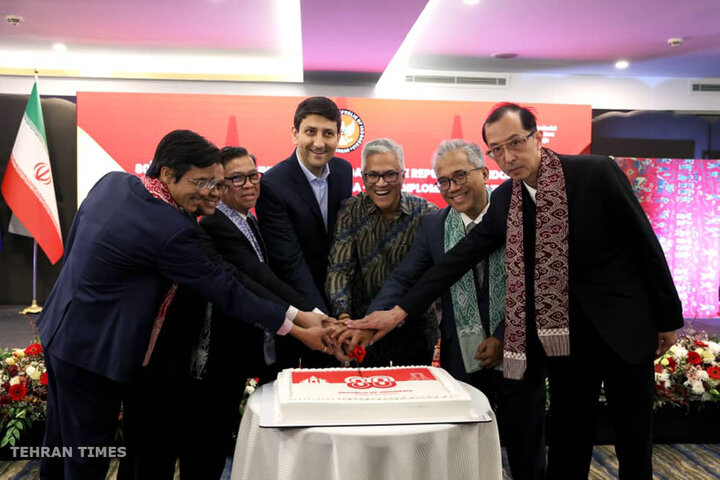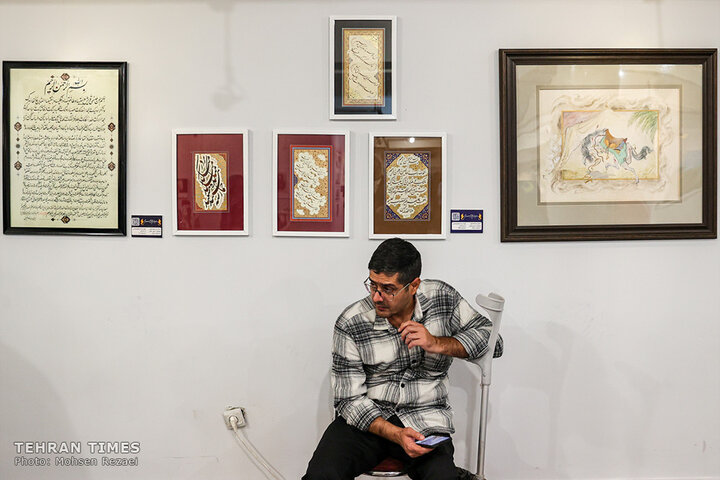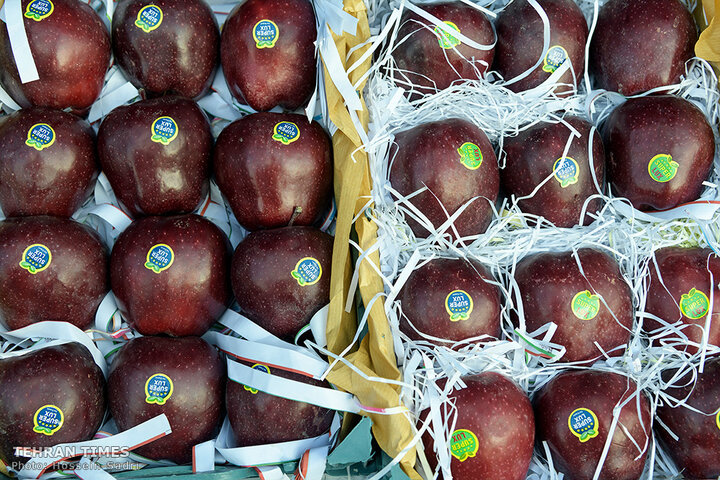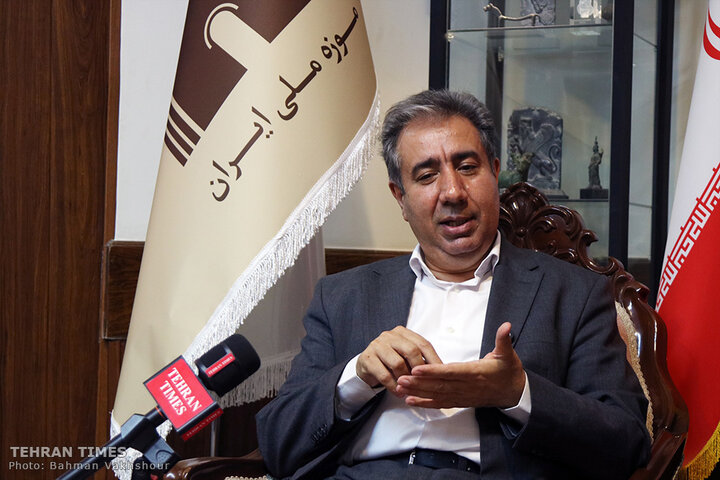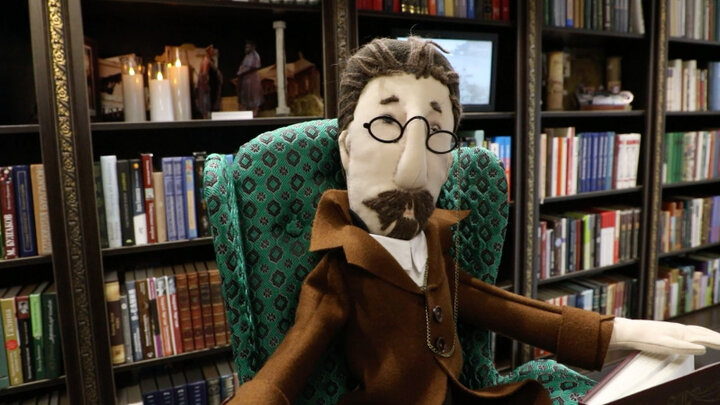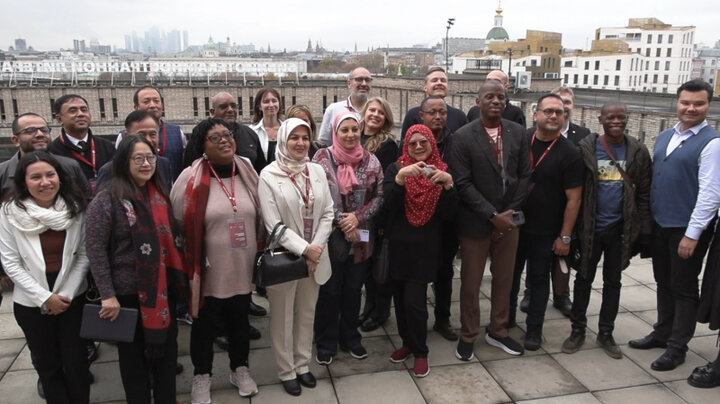-
 2025-10-31 21:11
2025-10-31 21:11
By Staff Writer
Iran establishes 'Persian Gulf Trio Islands National Day'
November 30 marks Iran's centuries-old sovereignty of Bu Musa, Greater Tunb, and Lesser Tunb
TEHRAN – Iran has designated November 30 as the Persian Gulf Trio Islands National Day, marking its ancient sovereignty over Bu Musa, Greater Tunb, and Lesser Tunb as it continues to face illegal claims from the United Arab Emirates, a country now 53 years old.
-

By Sahar Dadjoo
Israel pounds Gaza, Lebanon to rewrite truce terms: Palestinian analyst
Hassan Lafi says Tel Aviv’s violations seek to shift the balance in its favor
TEHRAN- In the wake of Israel’s renewed attacks following the Gaza ceasefire, Palestinian writer and analyst Hassan Lafi examines the underlying political and strategic motivations driving Tel Aviv’s escalation.
-

Iran come fourth at 2025 Asian Youth Games
TEHRAN – Iran finished in fourth place at the 2025 Asian Youth Games, winning 22 gold, 18 silver, and 36 bronze medals.
-

‘Regressive and irresponsible’, Araghchi slams Washington over resumed nuclear testing
TEHRAN – Iranian Foreign Minister Abbas Araghchi has strongly criticized Washington’s recent announcement to resume nuclear weapons testing, describing it as a reckless and backward step that threatens global security.
-

By Shahrokh Saei
Xi–Trump summit: China champions multilateralism at APEC 2025
TEHRAN – When Chinese President Xi Jinping and his American counterpart Donald Trump met in Busan on October 30, the immediate outcomes—tariff reductions, resumed soybean purchases, and the suspension of China’s rare earth export controls—appeared transactional. Yet beneath these surface-level adjustments lies a profound divergence in geopolitical philosophy.
-

By Sondoss Al Asaad
President Aoun orders response as Senator Graham justifies Israeli incursions
BEIRUT — Tensions on the Lebanese-Palestinian border remain high, as Israeli forces repeatedly violate the cessation of hostilities. Exploiting weak international monitoring and Lebanon’s limited ability to enforce sovereignty, Israel targets civilians and state institutions alike.
Politics
-
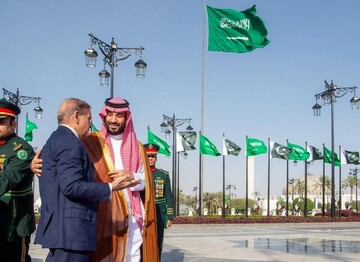
Larijani welcomes strategic security pact between Pakistan and Saudi Arabia
TEHRAN – The secretary of Iran’s Supreme National Security Council has welcomed a defense accord between Pakistan and Saudi Arabia.
-
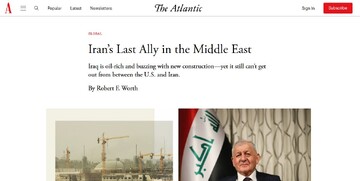
Iran’s role in Iraq, not a saboteur for sure
Western analyses of Iraq have often rested on the assumption that Iranian influence necessarily erodes state sovereignty and contributes to instability.
-
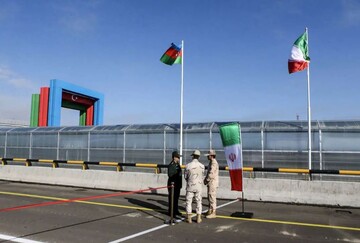
Efforts allegedly underway to reopen passenger border with Azerbaijan
TEHRAN – Iranian Foreign Minister Abbas Araghchi has provided an update on the latest diplomatic efforts to reopen the passenger border between Iran and the Republic of Azerbaijan.
Sports
-

Iranian youths earn significant achievements in Bahrain
TEHRAN - The Iranian delegation at the 2025 Asian Youth Games in Bahrain made a strong and meaningful impression. With a large contingent competing in 22 sports, the young athletes fulfilled the motto “Hope of Iran” by delivering significant achievements, especially in youth and women’s sports.
-

Iran finish ninth at 2025 IHF U17 World Championship
TEHRAN – Iran defeated Puerto Rico 42-30 Friday night and finished in ninth place at the 1st IHF Men’s Under-17 World Championship.
-

Volleyball player Saber Kazemi remains in a coma
TEHRAN – Iranian international volleyball player Saber Kazemi is still in a coma. He has been unconscious for 15 years following a traumatic brain injury in Doha, Qatar.
Culture
-

10 Iranian films participating in Asian Film Festival Barcelona
TEHRAN – Ten films from Iran are present at the 13th Asian Film Festival Barcelona (AFFBCN), which kicked off on October 29 in Barcelona, Spain.
-

Iranian stationery gains popularity with high-quality domestic products, indigenous characters
TEHRAN- High-quality Iranian stationery is a guarantee for consumers, says a leading manufacturer in the stationery sector. He highlighted that Iranian audiences, like any others, tend to prefer domestically made products—so long as their quality is excellent.
-
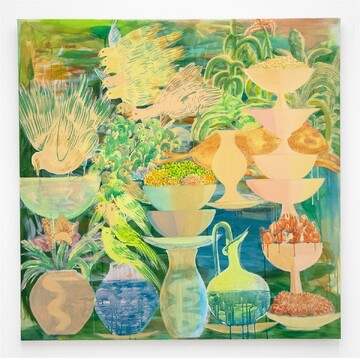
What’s in Tehran art galleries
Paintings by a group of artists are on display in an exhibition at Delgosha Gallery. The exhibition will be running until November 21 at the gallery located at 30 Mohajer Alley, Iranshahr St., Karim Khan Ave.
Economy
-
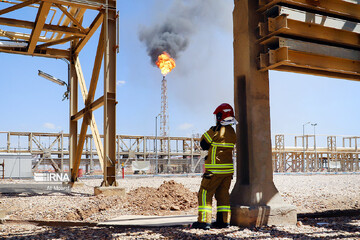
12 flare gas recovery, sales contracts signed under president’s directive
TEHRAN – Twelve contracts for the recovery and sale of flare gas from oilfields in southern Iran were signed on Saturday via video conference in the presence of President Masoud Pezeshkian and Oil Minister Mohsen Paknejad, according to the National Iranian Oil Company (NIOC).
-
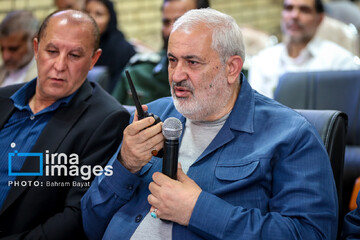
Distributed power plants to be built in 1,000 locations nationwide
TEHRAN – Energy Minister Abbas Aliabadi said on Saturday that distributed power plants will be established in 1,000 locations across the country by the end of this year, emphasizing the importance of civil defense principles in the water and electricity sectors.
-
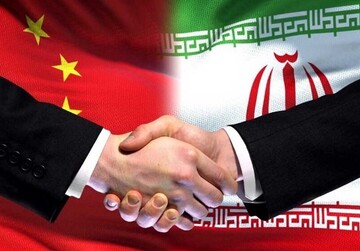
Iran, China launch joint rice research center to develop high-yield hybrid varieties
TEHRAN – Iran’s Ministry of Agriculture has announced the establishment of a joint Iran–China Rice Research Center aimed at developing drought-resistant hybrid rice varieties with yields exceeding six tons per hectare, as part of broader agricultural cooperation under the two countries’ 25-year partnership agreement.
Society
-
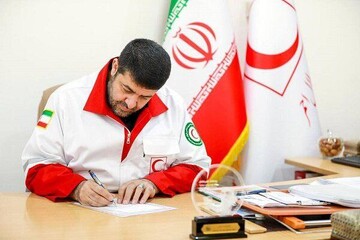
IRCS ready to dispatch aid relief to flood-hit Dominican Republic, Jamaica
TEHRAN – The Iranian Red Crescent Society (IRCS) has announced its readiness to send humanitarian consignments to help individuals affected by floods in the Dominican Republic and Jamaica.
-
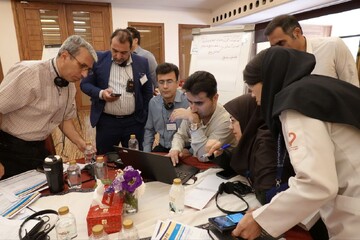
Iran advancing towards future with safe, resilient health facility
TEHRAN – Thanks to the Ministry of Health and Medical Education's (MoHME) leadership and support from the World Health Organization (WHO), the United Nations Children’s Fund (UNICEF), and the UN, Iran is advancing towards a future where every health facility is safe and resilient and no one is left behind.
-

Iran discusses expanding scientific ties with Uzbekistan, Slovakia
TEHRAN – Science Minister Hossein Simaei-Sarraf, in separate meetings with the presidents of Uzbekistan and Slovakia, has explored ways to promote scientific and technological collaborations.
Tourism
-
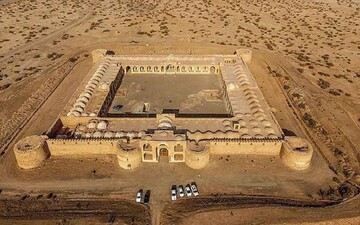
Over 1,700 caravanserais still standing across Iran, researcher says
TEHRAN – More than 1,700 caravanserais dating from the Sassanid to the Qajar periods remain across Iran, with about 60% of them still active or capable of restoration, a university researcher said.
-
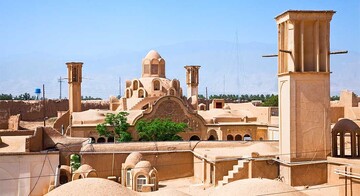
Kashan joins UNESCO Creative Cities Network
TEHRAN – The ancient city of Kashan in central Iran has been admitted to the UNESCO Creative Cities Network, recognized for its vernacular architecture and cultural heritage.
-

Austrian airline to resume Tehran–Vienna flights
TEHRAN – Direct flights between Tehran and Vienna is set to be resumed early Monday, Nov. 3, after months of suspension, according to officials at Imam Khomeini International Airport.
International
-

Xi–Trump summit: China champions multilateralism at APEC 2025
TEHRAN – When Chinese President Xi Jinping and his American counterpart Donald Trump met in Busan on October 30, the immediate outcomes—tariff reductions, resumed soybean purchases, and the suspension of China’s rare earth export controls—appeared transactional. Yet beneath these surface-level adjustments lies a profound divergence in geopolitical philosophy.
-

President Aoun orders response as Senator Graham justifies Israeli incursions
BEIRUT — Tensions on the Lebanese-Palestinian border remain high, as Israeli forces repeatedly violate the cessation of hostilities. Exploiting weak international monitoring and Lebanon’s limited ability to enforce sovereignty, Israel targets civilians and state institutions alike.
-
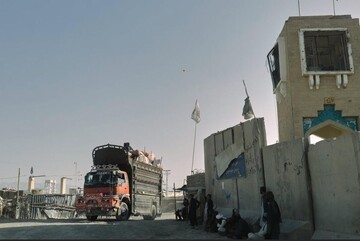
Diplomatic meltdown marks Kabul-Islamabad dialogue
TEHRAN – The much-anticipated peace talks between Pakistan and the Afghan Taliban in Istanbul have dramatically collapsed after four days of negotiations leaving mediators from Qatar and Turkey stunned at the breakdown. The negotiations were a step toward regional stability but instead exposed deep mistrust, disunity, and competing agendas, particularly over the issue of U.S. drone operations and cross-border terror.
Video Comment
-

Culture minister highlights year of progress in arts, global image enhancement
-

Gazan Journalists attacked by Israel
-

Brother of Iranian scientist murdered in Israeli strike speaks out
-
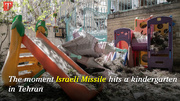
Footage shows Israel hit a kindergarten in Tehran
-
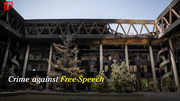
Delegates and ambassadors from 28 countries visited the IRIB building
Most Viewed
-
15185
-
Iran establishes 'Persian Gulf Trio Islands National Day'
-
‘Regressive and irresponsible’, Araghchi slams Washington over resumed nuclear testing
-
Faith, knowledge, and steadfastness: Ayatollah Khamenei’s vision for an independent Iran
-
Xi–Trump summit: China champions multilateralism at APEC 2025
-
Swimmer Gholami wins second gold at 2025 AYG
-
Larijani welcomes strategic security pact between Pakistan and Saudi Arabia
-
Indonesia seeks to boost sci-tech relations with Iran
-
Iran’s role in Iraq, not a saboteur for sure
-
Girls grab gold: 2025 AYG futsal
-
Gaza shows international law is dead — and moral courage must replace hope, Antony Hequet says
-
No evidence of active uranium enrichment in Iran: IAEA chief
-
President Aoun orders response as Senator Graham justifies Israeli incursions
-
Iran, Tajikistan seek UNESCO label for Cyrus Cylinder, famed as world’s first charter of human right
-
Efforts allegedly underway to reopen passenger border with Azerbaijan
